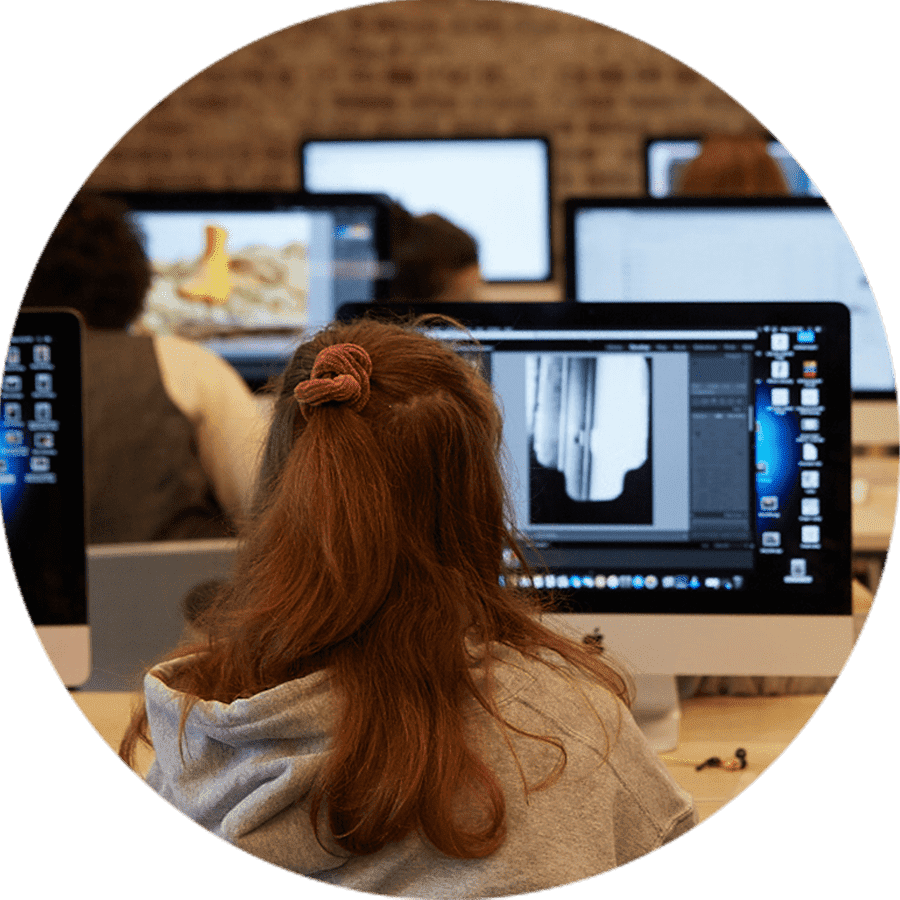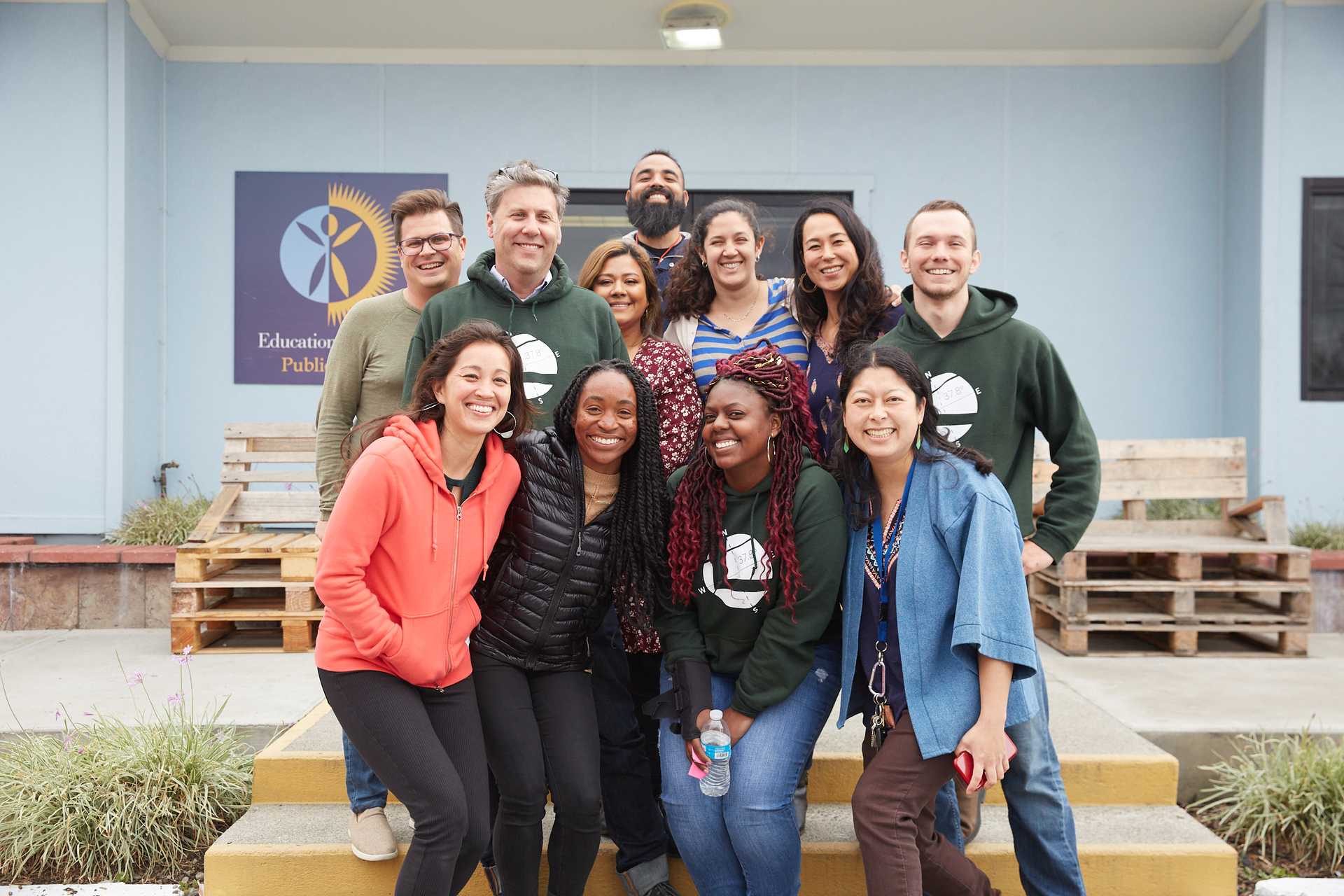1. Our high schools must prepare all young people to thrive in our rapidly changing society.

Every student needs to develop the knowledge, skills, and capacities required for lifelong learning.


Fact:
By the year 2030, job demand for creativity will grow by 40%, for empathy by 30%, and for adaptability by 24%
Source: McKinsey Global Institute
In both career and community life, today’s young people will be called upon to work collaboratively to solve complex problems. Knowledge from traditional subject areas like English, math, and science will still be essential, but students also need to learn more deeply across these areas and develop the ability to apply their knowledge in new and unfamiliar contexts. The big challenge for high schools today is this: enabling all students to achieve much higher—and deeper—levels of learning.
It used to be common for Americans to graduate high school and enter the workforce in jobs that offered a path to the middle class. But over the last 30 years, more and more of those jobs have disappeared. Low-skill and middle-skill jobs are the most vulnerable to offshoring, automation, and soon enough, artificial intelligence. The average young person today will likely have about a dozen jobs by the age of 50, and some of them may be in fields or require knowledge and skills that don’t exist yet.
Routinized work is becoming a thing of the past. In today’s world, young people need to develop skills such as thinking critically and solving complex problems creatively and collaboratively. High schools must help them by fostering deeper, more expansive types of learning.
Public high schools in many communities are becoming more diverse, reflecting larger changes in American society. This provides high schools with new and important opportunities to prepare young people for the challenges of adulthood. Young people will know a different kind of diversity—in college, in the workforce, and in community and civic life.
Schools that intentionally embrace equity and empowerment for all students can help young people build understanding and skills that will stand them in good stead in their adult lives.
Here are some of the big shifts happening today:
undefined/6
Completes given tasks
New Paradigm:
Pursues goals creatively
Dive Deep
![a student working on a desktop computer]() 6 Facts about America’s Students
6 Facts about America’s StudentsWhat does the modern American student look like? The Pew Research Center offers a report full of interesting facts and helpful infographics.
Explore![a student watching a mobile device]() Avoiding Racial Equity Detours
Avoiding Racial Equity DetoursPaul Gorski describes four ways schools claim to address equity but don’t, plus five principles for advancing racial justice in education.
Read![a person trimming photographs]() The Age of Agility
The Age of AgilityAmerica Succeeds shows why American education must adapt to prepare students to thrive in a new “age of agility” that calls for adaptability, lifelong learning, and creative problem-solving.
Read![people working at a table]() IT and the U.S. Workforce
IT and the U.S. WorkforceInformation technology is driving change in the U.S. workforce, and the education system must adapt. But this National Academy of Sciences report concludes that IT can also help meet the challenge.
Read
Analyze
According to the National Center for Education Statistics, about 85% of American students graduate from high school. Check your district website or GreatSchools.org to find graduation rates for your high school and other schools in your community.
Step 1 – Research
Of the 9th graders who entered high school five years ago, how many graduated with their class? How many didn’t?
Do you see differences in graduation rates for students of different demographic groups, including race, ethnicity, and socioeconomic status? How about for English language learners or students receiving special education services?
Do graduation rates differ from one high school to the next?
Step 2 – Reflect
Share findings with your team and explore these questions:
- What patterns do you see? Who can you talk to and what additional information can you explore to understand these patterns more deeply?
- How much do graduation rates tell you about how well students are prepared for the future? What else do you want to learn?




